Kalıp ömrü
- 2024-10-29
Kalıp ömrü, parçaların kalitesini sağlarken oluşturulabilecek parça sayısını ifade eder. Kalıbın ana parçası değiştirilene kadar hassas parçaların tekrar tekrar keskinleştirilmesini ve değiştirilmesini içerir, bu da toplam nitelikli parçanın oluşmasını sağlar.
Kalıpların arızalanması, anormal arıza ve normal arıza olarak ikiye ayrılır. Anormal arıza (erken arıza), bir kalıbın belirli bir endüstriyel düzeyde kabul edilen bir kullanım ömrüne ulaşmadan hizmete alınamaması anlamına gelir. Başarısızlığın erken biçimleri plastik deformasyonu, kırılmayı ve ciddi lokal aşınmayı içerir. Normal arıza, büyük ölçekli üretim ve kullanımdan sonra yavaş plastik deformasyon, düzgün aşınma veya yorulma kırılması nedeniyle kalıpların hizmete devam edememesi anlamına gelir.
Kalıbın normal arızalanması öncesinde üretilen kaliteli ürün sayısına kalıbın normal ömrü denir, kısaca kalıp ömrü denir. Kalıbın ilk onarımından önce üretilen kaliteli ürün sayısına ilk ömür denir; Bir kalıbın bir tamirinden bir sonraki tamirine kadar üretilen kaliteli ürün sayısına kalıp tamir ömrü denir. Bir kalıbın ömrü, başlangıçtaki ömrü ile sonraki her onarımın ömrünün toplamıdır.
Kalıbın ömrü, şekli ve yapısıyla ilgili olup, kalıbın belirli bir süre içindeki malzeme özelliklerini, tasarımını ve üretim düzeyini ifade eder. Kalıpların ısıl işlem, kullanım ve bakım düzeyinin kapsamlı bir yansıması. Kalıpların ömrü bir dereceye kadar bir bölge veya ülkedeki metalurji ve mekanik imalat endüstrilerinin seviyesini yansıtır.
Çalışma koşullarında ve hasarlı parçalarda önemli farklılıklar olan birçok kalıp türü vardır, ancak arıza modları kabaca üç tipte özetlenebilir: aşınma, kırılma ve plastik deformasyon.
(1) Aşınma ve yıpranma arızası
Kalıp hizmete girdiğinde şekillendirilmiş kütük ile temasa geçer ve bağıl hareket üretir. Yüzeyin bağıl hareketinden dolayı temas yüzeyinden kademeli olarak malzeme kaybı olgusuna aşınma denir.
(2) Kırılma hatası
Kalıpta büyük çatlaklar oluştuğunda veya iki ya da daha fazla parçaya ayrılarak servis kabiliyetini kaybettiğinde kırılma hatası oluşur. Kırılma, plastik kırılma ve gevrek kırılma olarak ikiye ayrılabilir. Kalıp malzemeleri çoğunlukla orta ila yüksek mukavemetli çeliktir ve kırılma şekli çoğunlukla gevrek kırılmadır. Gevrek kırılma tek seferlik kırılma ve yorulma kırılması olarak ikiye ayrılabilir.
(3) Plastik deformasyon arızası
Plastik kalıplar servis sırasında önemli ve eşit olmayan bir gerilime maruz kalır. Kalıbın belirli bir kısmındaki gerilim, kalıp malzemesinin o sıcaklıktaki akma sınırını aştığında, kafes kayması, ikizlenme, tane sınırı kayması vb. yoluyla geometrik şekil veya boyutu değiştiren plastik deformasyon meydana gelir ve onarılamaz. servis öncesi buna plastik deformasyon hatası denir. Plastik deformasyonun başarısızlık modları; üst üste binme, bükülme, boşluğun genişlemesi, çökme vb.'yi içerir.
Bir kalıbın plastik deformasyonu, kalıpta kullanılan metal malzemenin akma işlemidir. Plastik deformasyonun meydana gelip gelmediği esas olarak mekanik yük ve kalıbın oda sıcaklığı mukavemeti ile belirlenir. Yüksek sıcaklıklarda hizmet veren kalıplarda plastik deformasyonun meydana gelmesi esas olarak kalıbın çalışma sıcaklığına ve kalıp malzemesinin yüksek sıcaklık dayanımına bağlıdır.
(1) Kalıp yapısının etkisi
Kalıp yapısının, kalıbın stres durumu üzerinde önemli bir etkisi vardır. Makul bir kalıp yapısı, kalıbın çalışma sırasında eşit şekilde gerilmesini, eksantrik yüklemeye daha az eğilimli olmasını ve daha az stres yoğunlaşmasını sağlayabilir. Form ve çalışma ortamları açısından önemli farklılıklar gösteren birçok kalıp türü vardır.
(2) Kalıp çalışma koşullarının etkisi
1) Şekillendirilmiş parçaların malzemesi ve sıcaklığı
① Parçaları oluşturmak için kullanılan malzemeler arasında metal ve metal olmayanlar bulunur. Genel olarak konuşursak, metalik olmayan malzemeler düşük mukavemete sahiptir, daha az şekillendirme kuvveti gerektirir, kalıp üzerinde daha az strese sahiptir ve daha uzun kalıp ömrüne sahiptir. Bu nedenle metal şekillendirme kalıplarının ömrü metal olmayan şekillendirme kalıplarına göre daha düşüktür.
② Yüksek sıcaklıkta iş parçaları şekillendirilirken kalıp, aldığı ısı nedeniyle ısınır. Sıcaklık arttıkça kalıbın mukavemeti azalır ve plastik deformasyona yatkın hale gelir. Aynı zamanda kalıbın iş parçasına temas eden yüzeyi ile temas etmeyen yüzeyi arasında önemli bir sıcaklık farkı oluşur ve bu durum kalıpta sıcaklık stresine neden olur.
2) Ekipman özellikleri
① Ekipmanın hassasiyeti ve sağlamlığı, iş parçasını oluşturan kalıbın kuvvetiyle sağlanır. Şekillendirme işlemi sırasında ekipman uygulanan kuvvet nedeniyle elastik deformasyona uğrayacaktır.
② Hız ekipmanının kalıba ve iş parçasına uyguladığı kuvvet, belirli bir süre içinde kademeli olarak artar ve ekipmanın hızı, kuvvet uygulama sürecini etkiler. Ekipman hızı ne kadar yüksek olursa, birim zaman başına kalıp üzerindeki darbe kuvveti de o kadar büyük olur (yüksek darbe); Süre ne kadar kısa olursa, darbe enerjisinin iletilmesi ve serbest bırakılması da o kadar az zaman alır, bu da yerel olarak konsantre olmayı kolaylaştırır, bu da yerel gerilimlerin kalıp malzemesinin akma gerilimini veya kırılma mukavemetini aşmasına neden olur. Bu nedenle, ekipman hızı ne kadar yüksek olursa, kalıbın kırılması veya plastik deformasyon arızası o kadar fazla olur.
3) Yağlama
Kalıp ile kütük arasındaki göreceli hareket yüzeyinin yağlanması, kalıp ile kütük arasındaki doğrudan teması azaltabilir, aşınmayı azaltabilir ve şekillendirme kuvvetini azaltabilir. Yağlayıcılar aynı zamanda biyetten kalıba ısı transferini de belirli ölçüde engelleyebilir, kalıp sıcaklığını düşürebilir ve kalıp ömrünün uzatılması açısından faydalı olabilir.
(3) Kalıp malzemesi özelliklerinin etkisi
Kalıp malzemelerinin performansı, mukavemet, darbe tokluğu, aşınma direnci, korozyon direnci, sertlik, termal kararlılık ve ısıl yorulma direnci dahil olmak üzere kalıpların ömrü üzerinde önemli bir etkiye sahiptir.
(4) Kalıp imalat sürecinin etkisi
1) Modül dövme sırasında, modülün ısıtılması ve soğutulması nedeniyle iç ve dış kısım arasındaki sıcaklık farkı termal stres oluşturacaktır; Üfleme, delme, delik genişletme gibi işlemler sırasında teknik parametrelerin yanlış seçilmesi, dövme ham parçanın kolaylıkla çatlamasına neden olabilir. Ayrıca dövme oranı belirli bir değeri aştığında lifli doku oluşumu nedeniyle enine mekanik özellikler keskin bir şekilde azalarak anizotropiye yol açar.
2) Kalıpların elektrikle işlenmesinde değişen derecelerde bozulma katmanları meydana gelebilir. Ayrıca yerel ani ısınma ve soğuma nedeniyle artık gerilmeler ve çatlamalar kolaylıkla oluşur.
3) Kalıpların ısıl işlemi
Kalıp ısıl işlemi, modül dövme ve kaba işlemeden sonra düzenlenir ve neredeyse kalıp işlemenin son işlemidir. Kalıp malzemelerinin seçimi ve ısıl işlem proseslerinin belirlenmesi kalıpların performansı üzerinde önemli bir etkiye sahiptir.
(1) Amaç: Optimum performansı korumak ve ekipmanın servis ömrünü uzatmak, normal üretimi sağlamak.
(2) Uygulama kapsamı: Kalıpların onarımı ve bakımı için uygundur.
(3) Düzenli muayene ve bakım: Kalıp tamiri ve alt ve üst kalıp personeli tarafından düzenli bakım ve muayene yapılmalıdır.
(4) Elektrolitik ultrasonik temizleme yönteminin işlenmiş kalıplar üzerinde daha iyi temizleme etkisi vardır. Temizlerken paslanmayı önlemede de rol oynar
1. Günlük rutin denetim ve bakım:
Kalıp normal durumda çalışıyor mu?
A. Düşük voltaj kilitleme koruması var mı; B. Kılavuz direkleri, üst çubuklar ve sıralar gibi aktif parçaların aşınıp aşınmadığı ve uygun şekilde yağlanıp yağlanmadığı. En az 12 saatte bir yakıt ikmali yapılması gerekmektedir ve özel yapılar için yakıt ikmali sıklığının arttırılması gerekmektedir. C. Kalıbın sabit şablonunun vidaları ve kilitleme klipsleri gevşek mi;
1.2 Normal üretim koşulları: Üründeki kusurların kalıpla ilgili olup olmadığını kontrol edin;
1.3 Sökerken, kalıbın kapsamlı bir incelemesi yapılmalı ve pas önleme işlemi yapılmalıdır: kalıp boşluğundaki, göbeğindeki, çıkarma mekanizmasındaki ve sıra konumundaki nemi silin ve kalıp pas önleyiciyi püskürtün veya tereyağı uygulayın.
1.4 Kalıp makineden çıkarıldıktan sonra belirlenen yere yerleştirilmeli ve aşağıdakiler kaydedilmelidir:
A. Kalıp durumu: sağlam veya onarıma ihtiyacı var. B. Kalıp yapımı sırasında pas önleyici tedavi yöntemi.
2. Üç aylık rutin denetimler:
Esas olarak iki aydan uzun süredir kullanılmayan kalıpların temizliği ve bakımı için.
2.1 Kalıbı açın ve iç pas önleme etkisini kontrol edin. Anormal durumlar varsa pas önleme işleminin tekrar yapılması gerekir. Uzun süre kullanılmayan kalıplar tereyağı ile kaplanmalıdır.
2.2 Orijinal konumuna dönün ve kayıt yapın.
Kalıp, mekanik sanayi üretiminin temel proses ekipmanıdır ve endüstriyel ürünlerin üretiminde vazgeçilmez bir araçtır. Kalıp çeliğinden yapılmış kalıpların performansı sıkı üretim süreci denetimi gerektirir ve kalıp üretimi için kullanılan hammaddeler de erken arızayı, ısıl işlem çatlamasını ve malzeme sorunlarından kaynaklanan diğer kusurları önlemek için sıkı bir şekilde kontrol edilmelidir.
Kalıplar için hammaddelerin kontrolü aşağıdaki yönlerden gerçekleştirilir:
1. Makro inceleme
Çeliğin performansının sağlanmasında kimyasal bileşim belirleyicidir ancak nitelikli bileşim çeliğin performansını tam olarak açıklayamaz. Çeliğin iç yapısının ve bileşiminin eşitsizliği nedeniyle makroskopik inceleme bu eksikliği büyük ölçüde tamamlar. Makroskopik testler çeliğin kristalleşmesini, çeliğin devamlılığının bozulmasını ve belirli bileşenlerin düzensizliğini gözlemleyebilir. Sekiz yaygın makroskopik kusur: ayrışma, gözeneklilik, kalıntılar, büzülme, kabarcıklar, beyaz noktalar, çatlaklar ve kıvrımlar.
2. Tavlanmış dokunun değerlendirilmesi
Tavlamanın amacı çeliğin sertliğini azaltmak, işlemeyi kolaylaştırmak ve ayrıca yapıyı daha sonraki ısıl işlemlere hazırlamaktır.
3. Karbürlerin düzgün olmaması
Cr12 tipi martensitik çelik, mikro yapısında büyük miktarda ötektik karbür içerir ve karbürlerin düzgünsüzlüğü performansı üzerinde çok önemli bir etkiye sahiptir. Bu nedenle karbürlerin dağılımı üzerinde sıkı kontrol uygulanmalıdır.
Özetle, kalıp fabrikaları ve atölyelerindeki üretim nesnelerinin karmaşıklığı ve çoğunlukla tek parça veya küçük partiler halinde olması, kalıp üretim kotalarının formülasyonu ve yönetimi konusunda bazı zorlukları beraberinde getirmektedir. Ayrıca her fabrika ve atölyenin üretim yöntemleri, ekipmanları ve teknik nitelikleri aynı değildir. Bu nedenle kotaları oluştururken işgücü verimliliğini artırmak amacıyla fabrika ve atölyenin fiili durumuna göre ileri ve makul çalışma saati kotalarının geliştirilmesine yönelik uygun yöntemlerin bulunması gerekmektedir.
-
ETİKET:
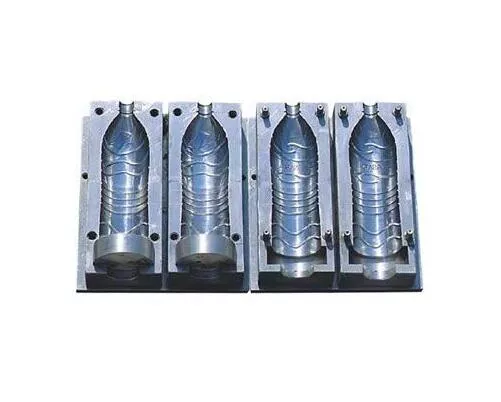
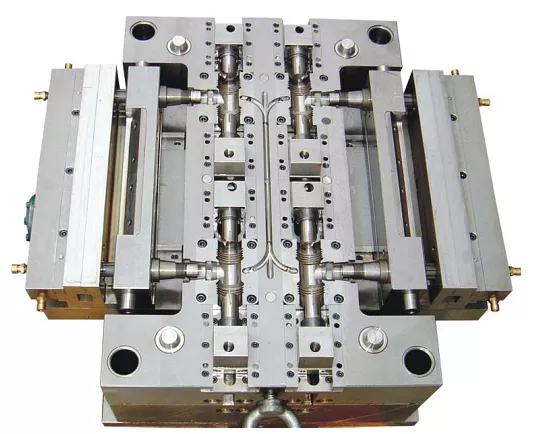
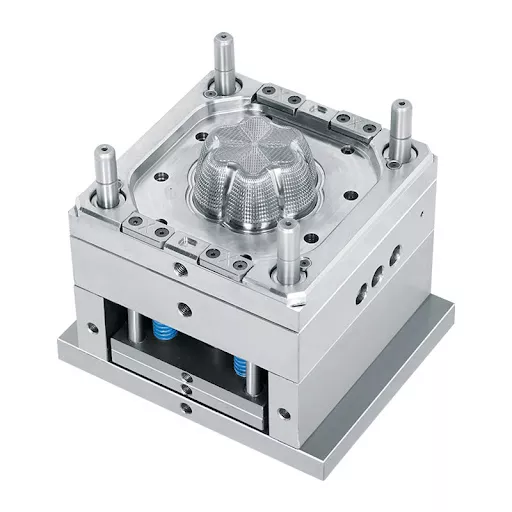
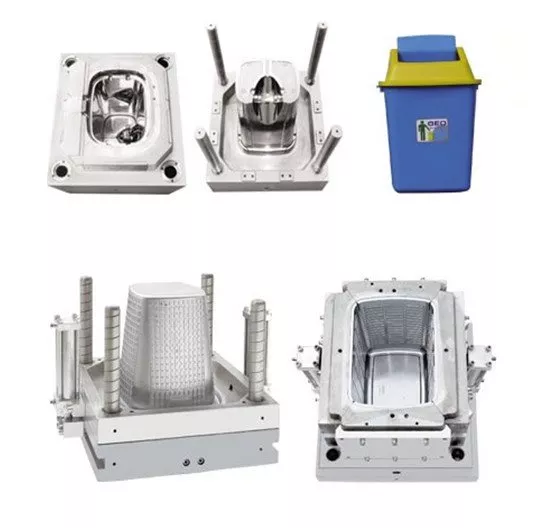
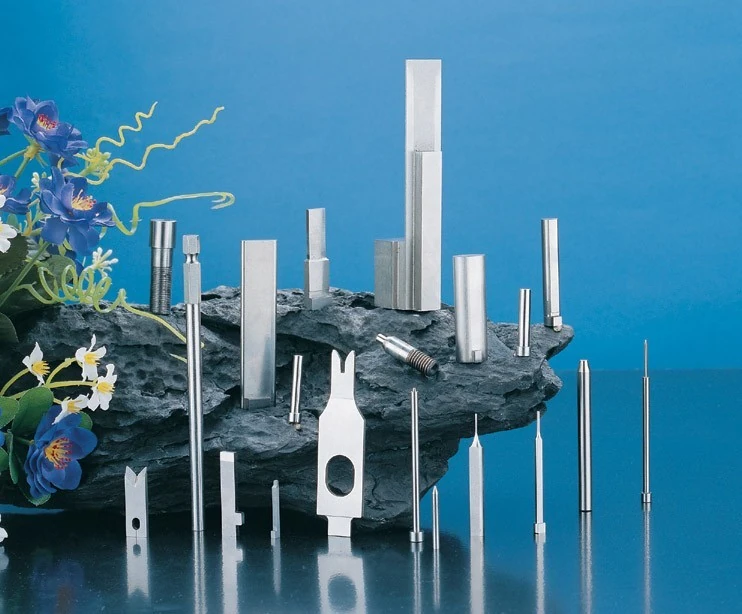
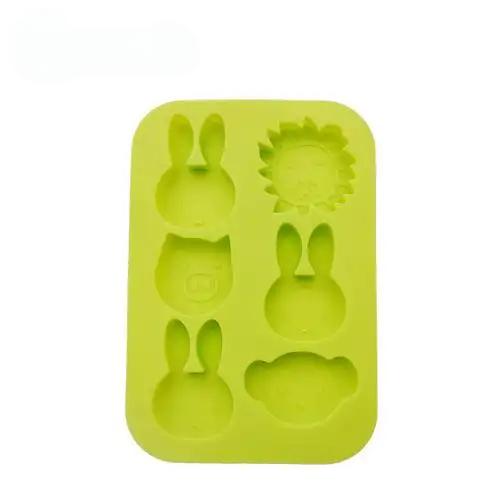
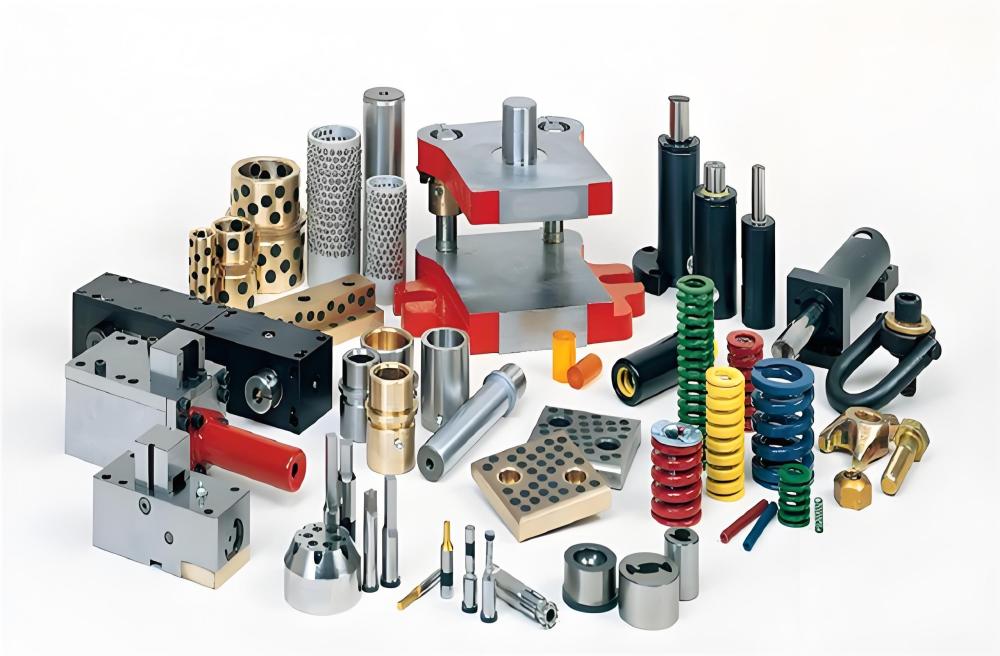
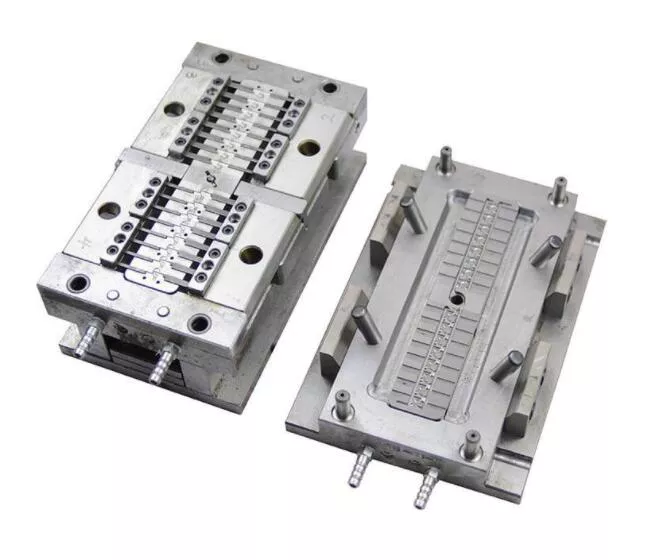
Send Your Inquiry Now